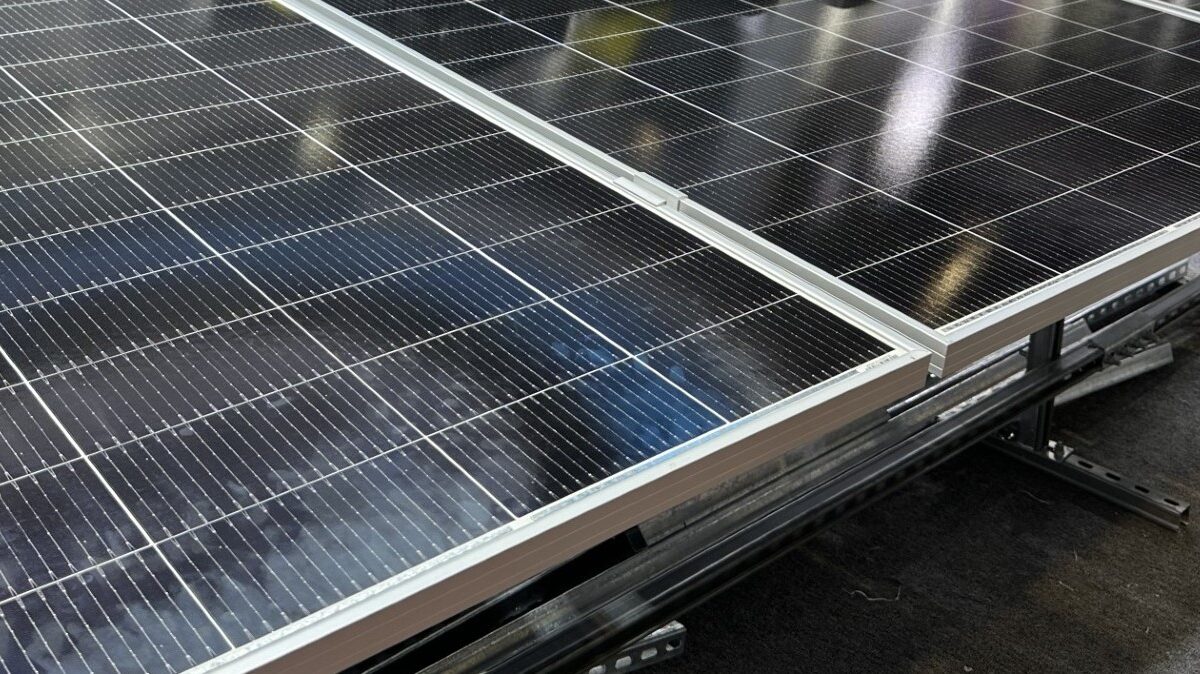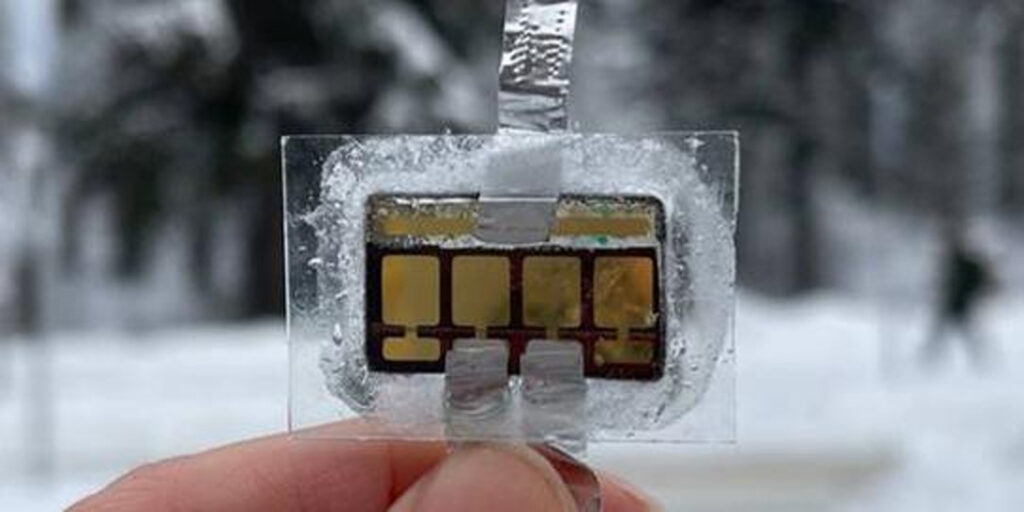Scientists from Aalto University in Finland have demonstrated a one-step encapsulation method for perovskite solar cells that provides protection against oxygen- and moisture-induced degradation and a significant relative improvement in efficiency.
A Finnish team used a one-step method for polydimethylsiloxane-encapsulated perovskite solar cells that simultaneously provide anti-reflective light management and protection against oxygen- and moisture-induced degradation. The encapsulated devices showed an 8% relative improvement in energy conversion efficiency compared to a control device, and also passed several standard stability tests.
The team from Aalto University and Tampere University said the flexible encapsulation technology is suitable for both rigid and flexible solar cells in a wide range of applications. “Given that perovskite solar cells often experience optical losses and instability, our research showed that simultaneous encapsulation and patterning of the front surface of the solar cells could address both issues. This form of encapsulation is versatile as it can accommodate different patterns, providing significant flexibility and adaptability,” said first author Seyede Maryam Mousavi. pv magazine.
The research team specified that an “ideal” PSC encapsulation should address both optical losses and instability issues. In addition, it must be a material that does not require high-temperature processing, ultraviolet (UV) curing or overly complicated techniques.
Polydimethylsiloxane (PDMS) was chosen to cover the entire surface and sides of perovskite solar cells. Their forward-facing surface was on site-Patterned using a soft lithography technique to reduce reflection and increase haze. Encapsulation was performed by immersing the cells in a mixture of PDMS with a volume ratio of monomer to curing agent of 5:1. The soft lithography method was based on research on replica surfaces of leek leaves that had shown promising optical and self-cleaning properties.
The cells were fabricated with a spin coater and based on a trication mixed halide perovskite known as FAMAC, according to a protocol established in previous research. “The cells were then sandwiched between a glass coverslip on the gold electrode side and a negative anti-reflective mold from the bottom (glass side) of the substrates, and the edges of the substrate were covered with 0.5 ml of PDMS,” the researchers said.
The team conducted stability tests based on the ISOS protocol. Testing the encapsulant’s ability to reduce oxygen- and humidity-induced degradation under standard light-dark cycle testing revealed that 80% of the initial performance for the encapsulated devices was retained after 360 hours. Furthermore, the encapsulated devices maintained their initial performance after testing at 90% relative humidity and water immersion.
A field test indicated further effective protection. “The outdoor exposure test showed no degradation of the encapsulated cells after 24 hours of rest at -17 C and maximum wind speeds averaging 7 m/s,” the researchers said. The target devices had an increase in energy conversion efficiency from 14.1% to 15.6%, which the team said was a relative improvement of 8% compared to reference devices.
“This research confirms on site encapsulation and patterning as a promising solution for reducing optical losses and extrinsic instabilities in perovskite solar cells,” the team said. “Our one-step method provides PSCs with protection against oxygen- and moisture-induced degradation on site pattern formation for lighting management.”
The Finnish team continues to work on sustainable solutions for perovskite solar cells. “Our core focus is on improving their recyclability and stability, continuing our commitment to making a tangible impact in improving the sustainability and recyclability of these cells within academia and industry,” said Mousavi. “As a team, we are always looking for opportunities to commercialize or transfer our technology to industry. Collaborations that can translate our research from the conceptual phase to practical applications are very welcome.”
The new encapsulation technique was introduced in the article: “Addressing the efficiency loss and degradation of tri-cation perovskite solar cells via integrated light-control encapsulation”, published in Materials today energy.
This content is copyrighted and may not be reused. If you would like to collaborate with us and reuse some of our content, please contact: editors@pv-magazine.com.
Popular content


